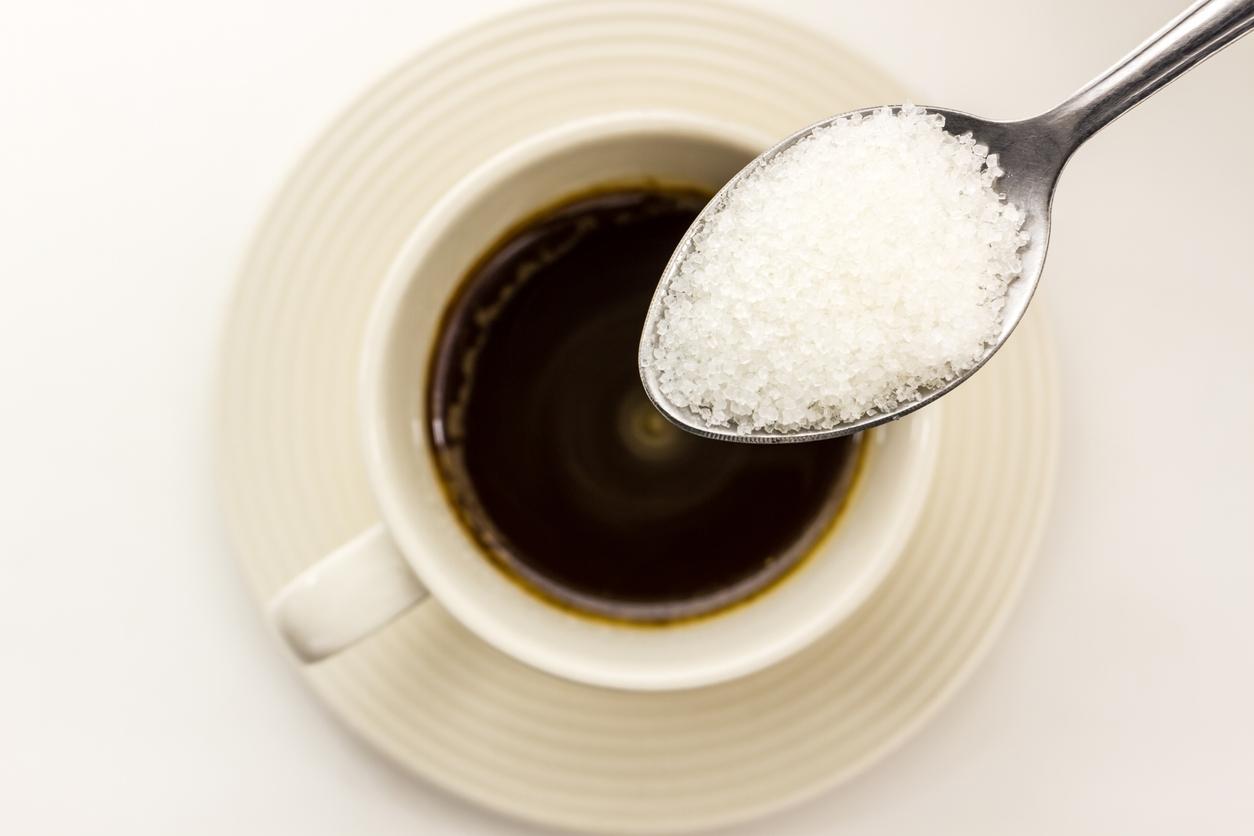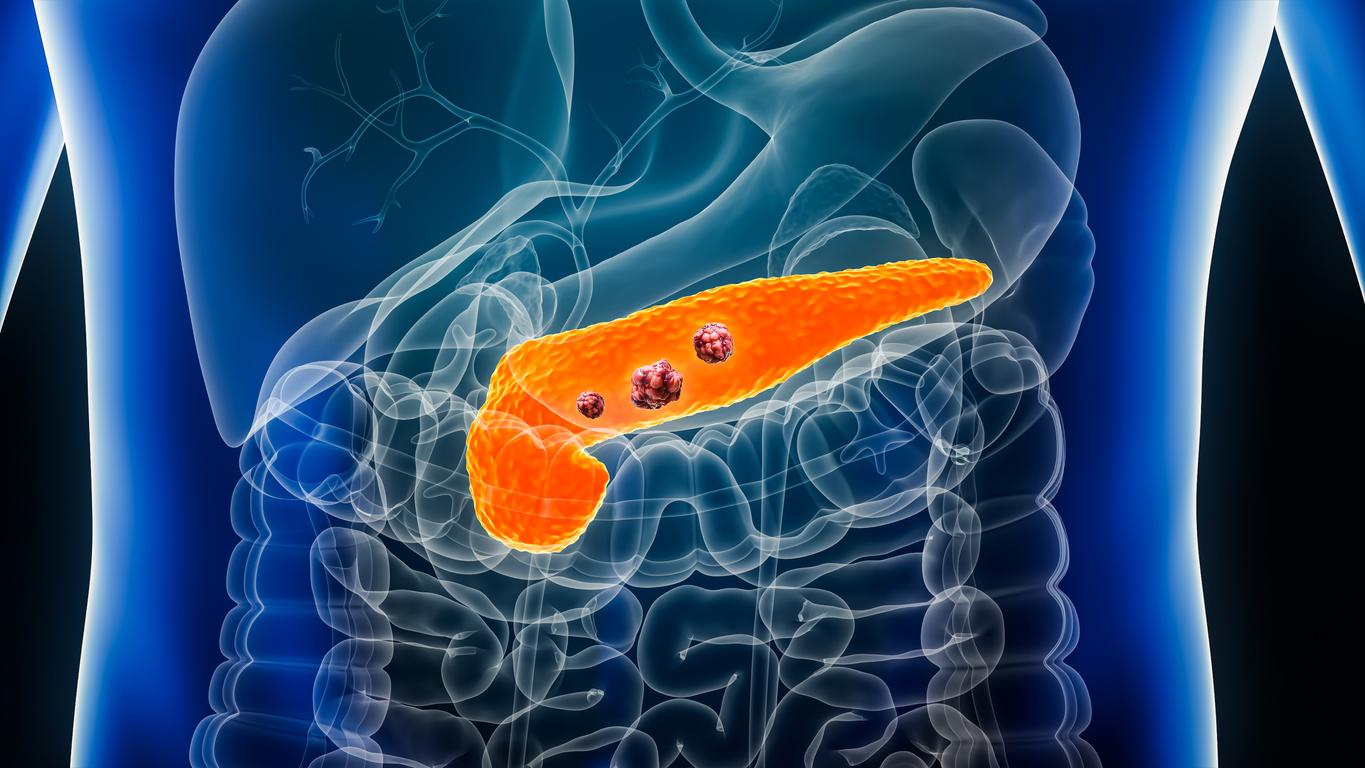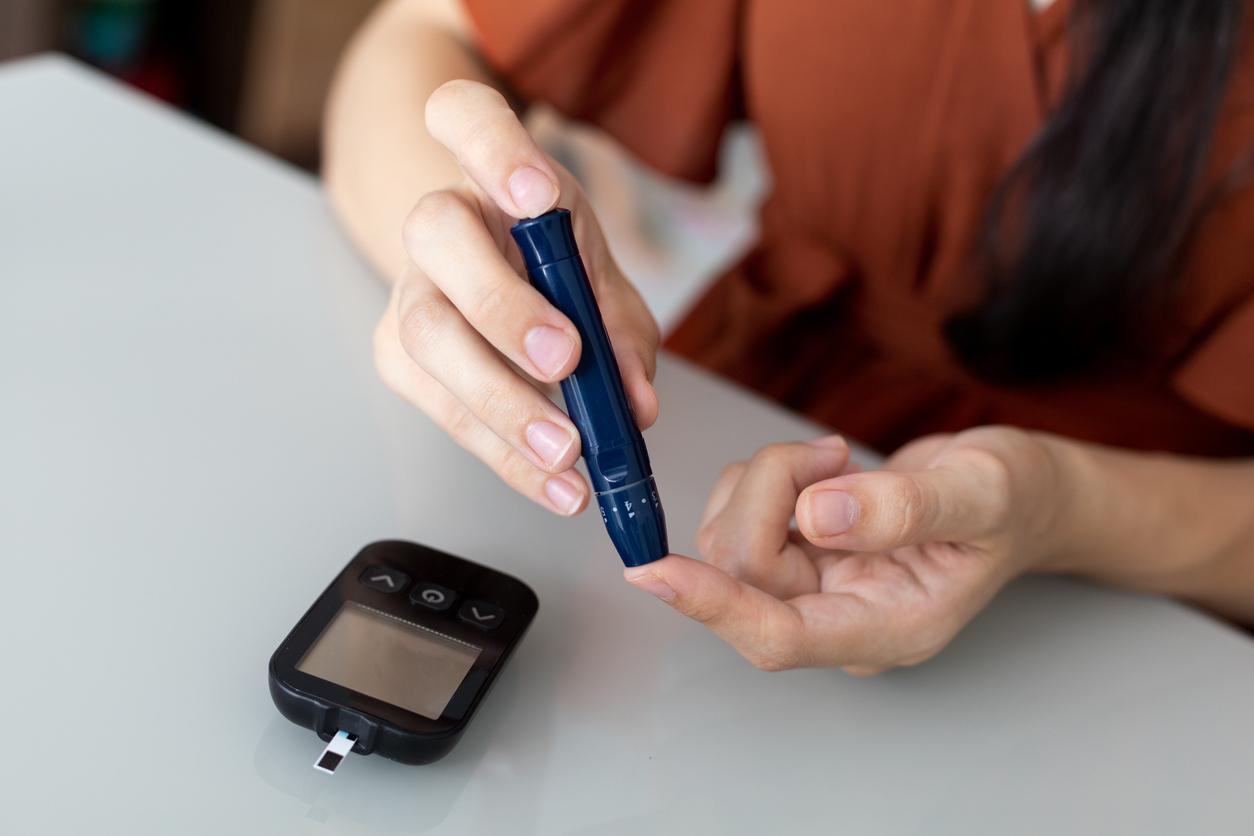Women’s and men’s muscles don’t handle glucose and fatty acids the same way, a new study finds.

- Women and men’s muscle sugar and fatty acid management is different.
- In contrast, regular physical activity rapidly triggers similar beneficial metabolic changes in the muscles of both sexes.
- The study could help tailor exercise recommendations to more effectively prevent or delay the progression of type 2 diabetes, the researchers say.
The differences between men and women are quite numerous. And, it seems, they can also be seen in the way our muscles handle sugar and fatty acids.
These are the findings of a study by the University of Tübingen and the Helmholtz Institute for Diabetes Research in Munich, Germany. They will be presented in detail at the annual congress of the European Association for the Study of Diabetes, which will be held in Madrid from 9 to 13 September 2024.
Muscles: Men use more glucose than women
To assess muscle function by gender, the researchers gathered 9 men and 16 women who were overweight or obese. Their average age was 30 years. The participants were required to perform 30 minutes of exercise cycling and 30 minutes of treadmill walking 3 times a week for 8 weeks. Muscle biopsies were taken at rest before the start of the experiment, after the first exercise session and after the very last session.
The analyses showed that there were sex-related differences in the levels of RNA strands in skeletal muscle. These were associated with glucose homeostasis (control of blood sugar levels) and insulin signaling (the biochemical pathway by which insulin removes sugar from the blood and into the body’s cells).
Divergences in the proteins used by muscles to convert food into energy have also been observed. “There were higher numbers of glycolysis-related proteins (involved in glucose processing) and other fast-twitch fiber-like proteins in men, while women had a greater abundance of proteins regulating fatty acid handling.”note the authors in their press release.
This suggests that “Male muscle has a greater capacity to exercise with glucose, while females use more fatty acids”says Dr. Simon Dreher, first author of the study. “This difference in substrate utilization could be relevant during exercise and also influence the development of type 2 diabetes.”

Physical activity: similar muscular benefits in both sexes
Furthermore, the team noticed very different responses between untrained women and men during the first workout session. The muscles of the male volunteers showed more signs of cellular stress. This suggests that they had a harder time adapting to the exercise than those of the female participants.
However, after eight weeks of training, the muscle differences between the sexes had diminished. In addition, the levels of proteins involved in converting food into energy had increased for the entire test group.
“This is important because the increased ability after exercise to use glucose and lipids for energy production is generally considered the key to preventing type 2 diabetes.”explains Professor Cora Weigert, head of the study. “Although the initial response of skeletal muscle to exercise differs between women and men, repeated exercise appears to reverse these differences and trigger beneficial metabolic changes in both sexes.”
“A better understanding of how underlying molecular differences between women’s and men’s skeletal muscles affect their response to exercise could provide valuable insights into how to tailor exercise recommendations to more effectively prevent or delay the progression of type 2 diabetes. It could also contribute to the prevention of obesity.”adds Dr. Dreher.

















